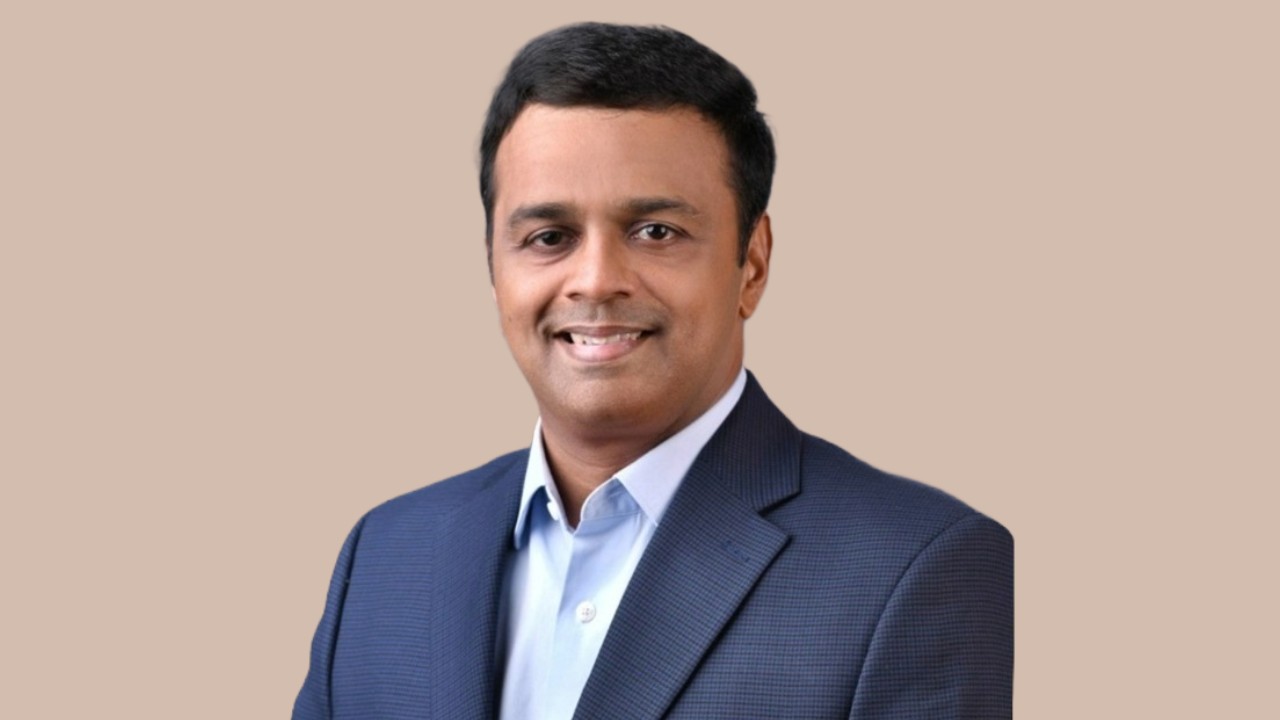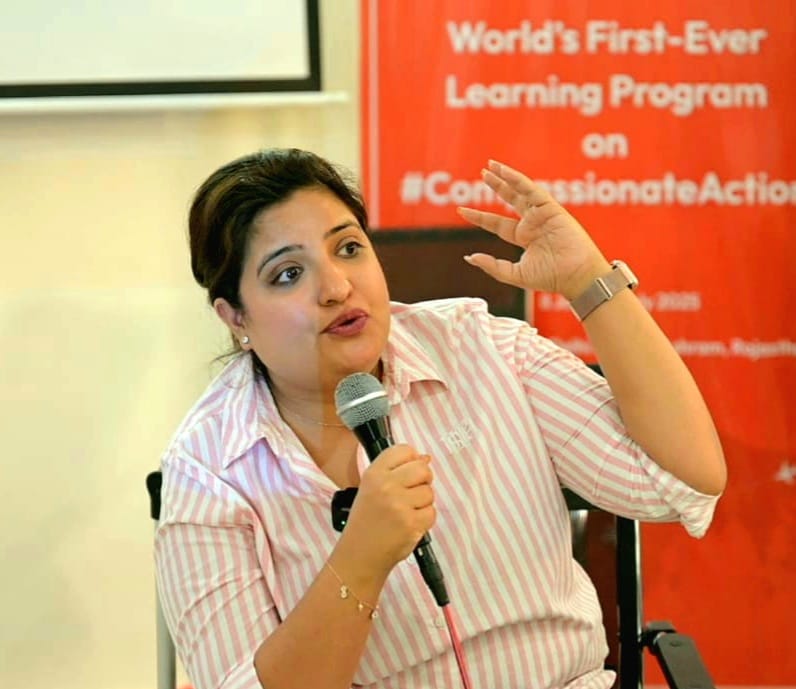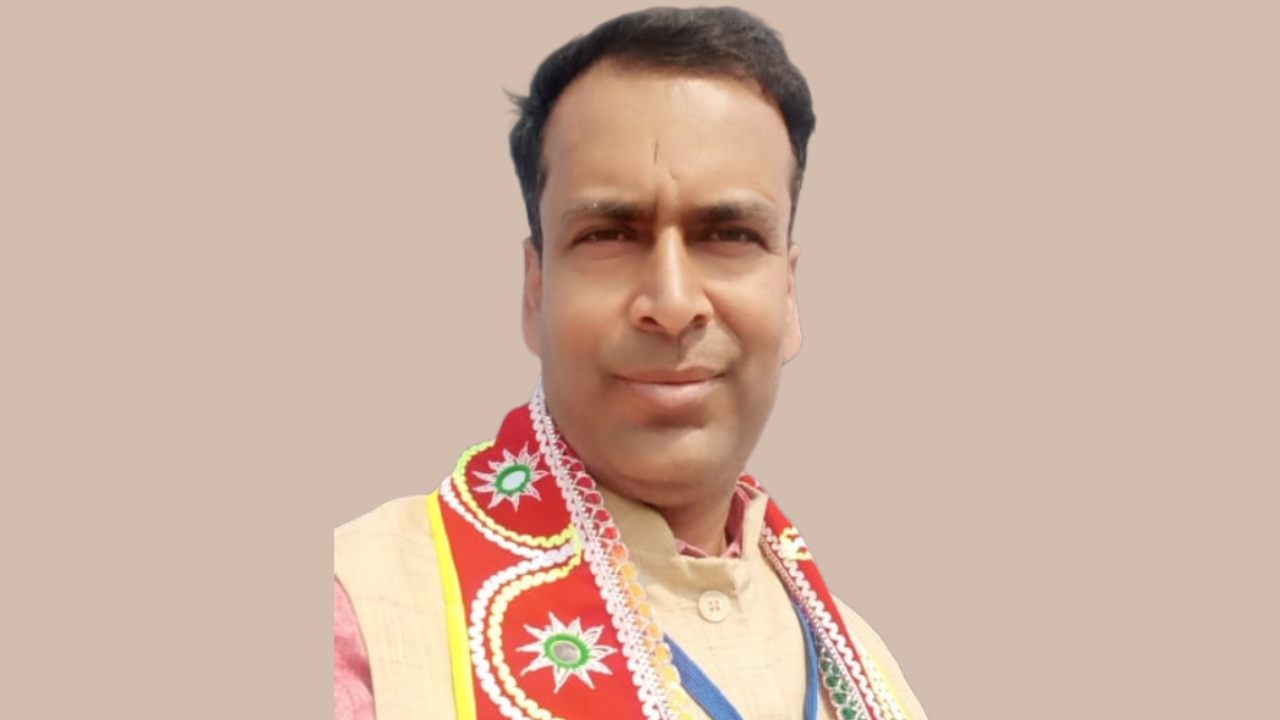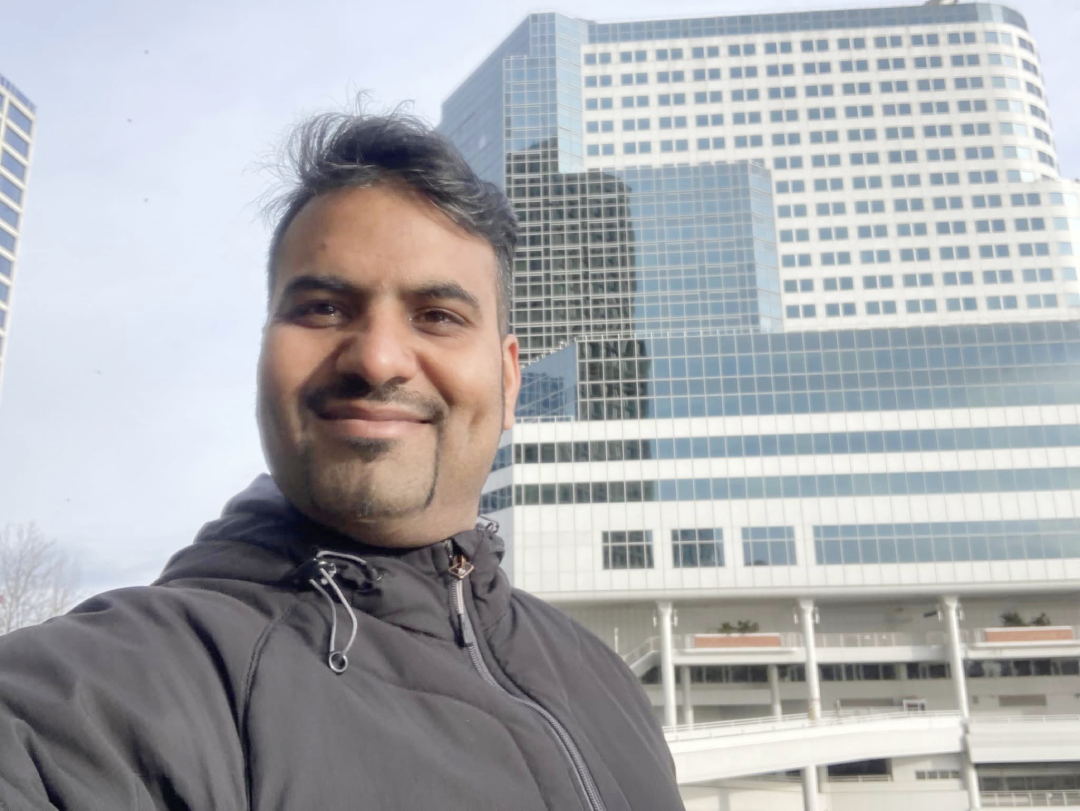Street Surge Technologies, founded by Saurabh Kasturia and Atulesh Dhiman, is on a mission to transform India’s urban infrastructure with groundbreaking technological solutions. The company delivers on-demand big data analytics to drive smarter mobility decisions and an AI-powered toolbox that redefines transportation planning and urban design. By improving public transport accessibility and easing congestion, Street Surge aims to elevate the quality of life in Indian cities.
India’s urban mobility crisis is at a tipping point. Soaring pollution levels, alarming road fatalities, and crumbling public transportation demand urgent intervention. Street Surge bridges this gap with data-driven insights that promote sustainable mobility—advancing public transport, boosting non-motorized transit, and curbing emissions to improve air quality. Its solutions also strengthen road safety measures and revitalize public transit, making it more reliable, efficient, and commuter-friendly.
The company’s growing influence is evident in its clientele, which includes the Delhi Metro Rail Corporation, Delhi Transport Corporation, and Pimpri Chinchwad Municipal Corporation. Backed by a team of specialists in big data, machine learning, transport planning, and urban design, Street Surge is redefining the future of India’s cities.
At the 32nd Convergence India Expo, Atulesh Dhiman, Co-founder and COO, shared exclusive insights with The Interview World. He detailed how Street Surge is streamlining urban transportation, tackling traffic congestion, and optimizing signals in metro cities. He also distinguished the company’s advanced route optimization from Google Maps, unveiled the primary big data sources fuelling research and strategic planning, and outlined his ambitious vision for revolutionizing traffic management in India.
Here are the most compelling takeaways from this conversation.
Q: How is Street Surge Technologies transforming urban transportation to make it more efficient, sustainable, and commuter-friendly in big cities?
A: We are a technology startup transforming the transport planning landscape. Most transport planning and deployment projects involve billion-dollar investments, making efficient planning crucial for urban development. We empower city municipal corporations, state transport undertakings, and metro rail corporations to design smarter, more effective transportation networks.
Our approach leverages big data. We collect GPS traces from smartphone apps and process them using machine learning algorithms to reconstruct complete travel patterns. This data enables us to build highly accurate travel demand models for entire cities.
Our method offers three key advantages. First, it relies on passive data, eliminating human error and bias. Second, it significantly outperforms traditional household or travel demand surveys, which typically cover just 1% of a city’s population—our models capture insights from nearly 15%, vastly improving data accuracy. Third, it accelerates the process. Traditional travel demand surveys take six to eight months to complete, whereas we deliver results in just six to eight weeks.
By combining cutting-edge technology with deep urban mobility insights, we help cities make data-driven decisions that enhance transportation systems, optimize infrastructure investments, and improve commuter experiences.
Q: How is Street Surge Technologies addressing traffic congestion and optimizing signals in metro cities through its innovative public transport solutions?
A: Our traffic signal optimization software eliminates the need for hardware or capital expenditure. Unlike conventional solutions that optimize a single junction or create a green wave along a corridor, our system optimizes junction phasing across the entire grid.
Most cities rely on either pre-set timing adjustments or real-time optimization software that requires costly hardware upgrades. Our solution takes a hybrid approach. It seamlessly integrates with existing infrastructure, using AI-driven algorithms to optimize junction phasing across the network. These optimized timings are then manually fed into the current hardware, ensuring maximum efficiency without any additional CAPEX.
By leveraging advanced AI without requiring new infrastructure, we deliver a cost-effective, scalable, and highly efficient traffic management solution.
Q: How do your solutions differ from Google Maps in route optimization and real-time traffic alerts, and what unique advantages do they offer?
A: Google Maps provides a real-time snapshot of traffic conditions but does not offer solutions to optimize it. If a corridor is congested, it simply highlights it in red. It doesn’t suggest interventions or recommend government actions to alleviate the issue.
Street Surge’s Traffic Signal Network Optimization tool is an Al based constraint solver, which finds global minima i.e. minimizes wait time of the entire network. Data collection requires only turning movement counts (TMC) at intersections. It’s highly cost effective as no road works/CAPEX investments are required for implementing.
Q: What are your primary sources of Big Data for development, research, and strategic planning?
A: This big data originates from GPS signals collected by smartphone apps. Numerous apps track location, and third-party aggregators supply this data. However, the raw data consists only of scattered anonymous GPS pings, which lack meaningful insights.
Our expertise lies in transforming these raw pings into structured trip data—what we call big data for mobility. We build a sophisticated data processing layer that extracts valuable insights from these signals. While such data is widely available in the market, its primary use case has traditionally been advertising and marketing. We go a step further, leveraging it to revolutionize mobility solutions.
Q: How do you envision your solutions transforming traffic management in the country in the near future?
A: We strongly believe in the power of public transport and are committed to making it more accessible. A mere 10% shift to public transit can cut carbon emissions by nearly 18%. That is the impact we aim to drive.
With our solutions, municipal corporations, state transport undertakings, and city planners can optimize their public transport systems by at least 7–8% in the first deployment alone. The opportunity is immense, both in India and globally. Every major city grapples with congestion and inefficiencies, and we are here to help solve that challenge.









